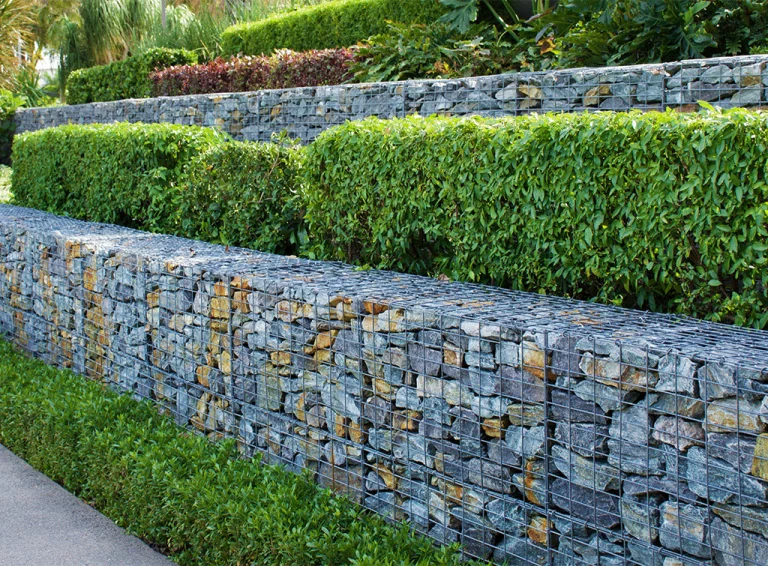Introduction
A retaining wall is a structure that holds back earth or water from behind it. Commonly built along slopes and embankments, retaining walls prevent soil erosion and help to stabilize the ground. Retaining walls can be built using various materials, including wood, stone, and concrete. There are several factors to consider when planning to build a retaining wall, such as the purpose of the wall, the materials you will use, the height and length of the wall, and the local building codes. With careful planning and execution, a retaining wall can be a great addition to your property. Building a retaining wall is a big project, but it can be well worth the effort. Not only do retaining walls add visual interest to a landscape, but they can also create more usable space in sloping areas. The most important consideration in proper design and installation of retaining walls is to recognize and counteract the tendency of the retained material to move down-slope due to gravity.
How to maintain and repair a retaining wall
A retaining wall is a specially designed struct built to hold back soil or water. Retaining walls are used in various applications, from stabilizing a slope to holding back water to creating usable space in a yard. If you have a retaining wall on your property, it is important to maintain it to ensure it continues functioning properly. It is usually made of concrete, stone, or wood. Retaining walls can be used for both commercial and residential purposes. Here are some tips on how to maintain and repair your retaining wall:
- Inspect your wall regularly for cracks or other damage.
- If you find any damage, repair it immediately to prevent further damage.
- If your wall is made of brick or stone, you may need to repoint the joints every few years.
- If your wall is made of wood, you will need to stain or seal it every few years to protect it from the elements.
BBP Pavers offer a variety of designs and materials
Looking for beautiful, durable pavers that will add value to your home or business, look no further than BBP Pavers. According to BBP Pavers, they offer a wide variety of designs and materials to choose from when selecting the perfect pavers for your home or business. With so many available options, it can be difficult to decide which pavers are right for you.
They offer various designs and materials to find the perfect pavers for your project. And because they manufacture their pavers, they can offer them at a competitive price. according to BBP Pavers, there are three basic steps to creating a successful paving project: design, excavation, compaction, and pavement installation.
- Design: The first step is to design your paving project. This includes choosing the type of pavers you want to use, the shape and size of your paving area, and any other features you want to include.
- Excavation: Next, you’ll need to excavate the area where you’ll install your pavers. This includes removing existing vegetation, leveling the ground, and trenching for features like electrical or plumbing lines.
- Compaction: Once the area is excavated, you’ll need to compact the soil to create a firm base for your pavers. This helps prevent Settlement and ensures a long-lasting paving job.
Conclusion
A retaining wall is a structure that holds back soil or rock from a slope. It is usually used on sloped terrain to stabilize and prevent soil erosion. Retaining walls can be made from various materials, including wood, stone, concrete, and steel. And they come in a variety of shapes and sizes.

